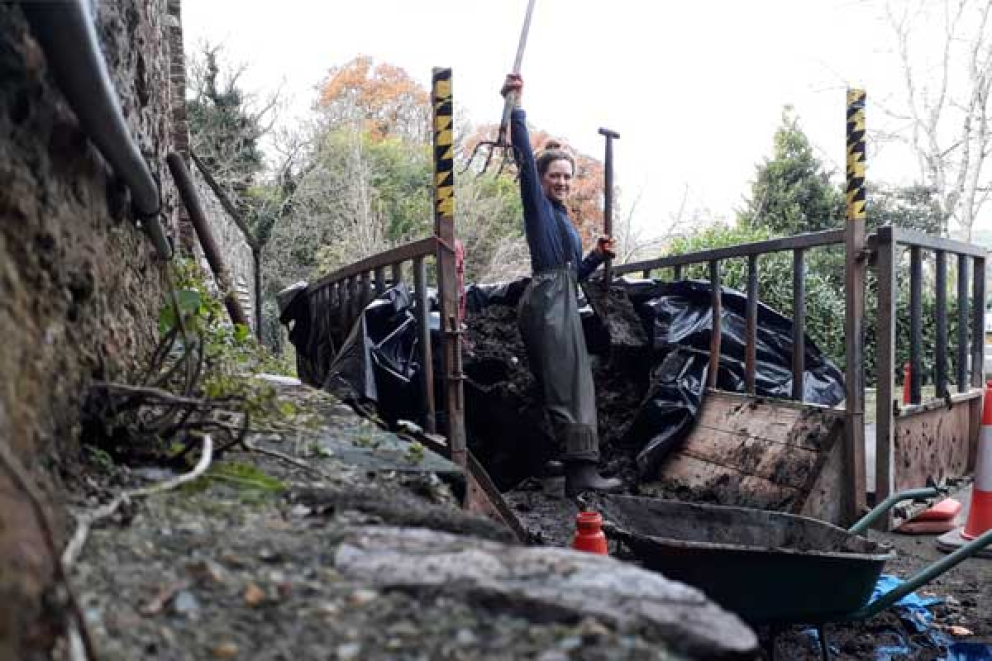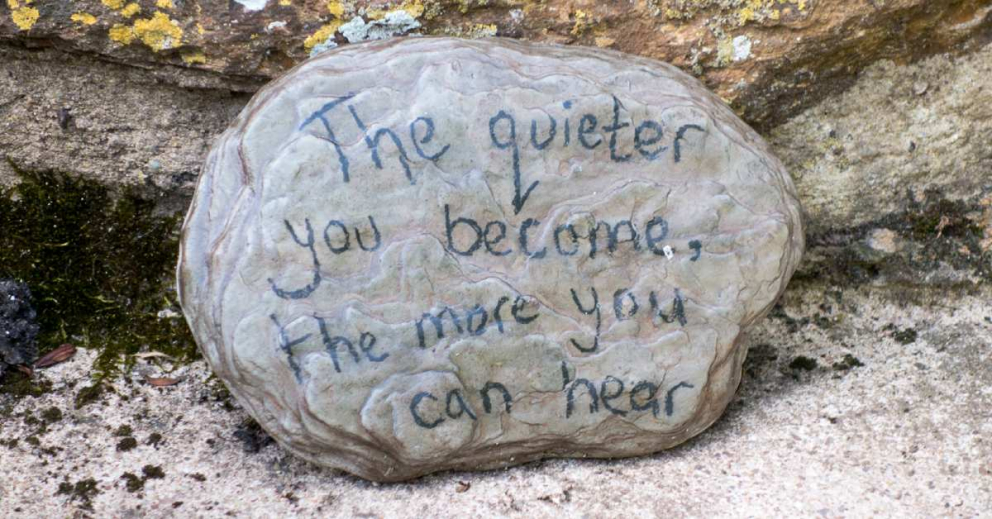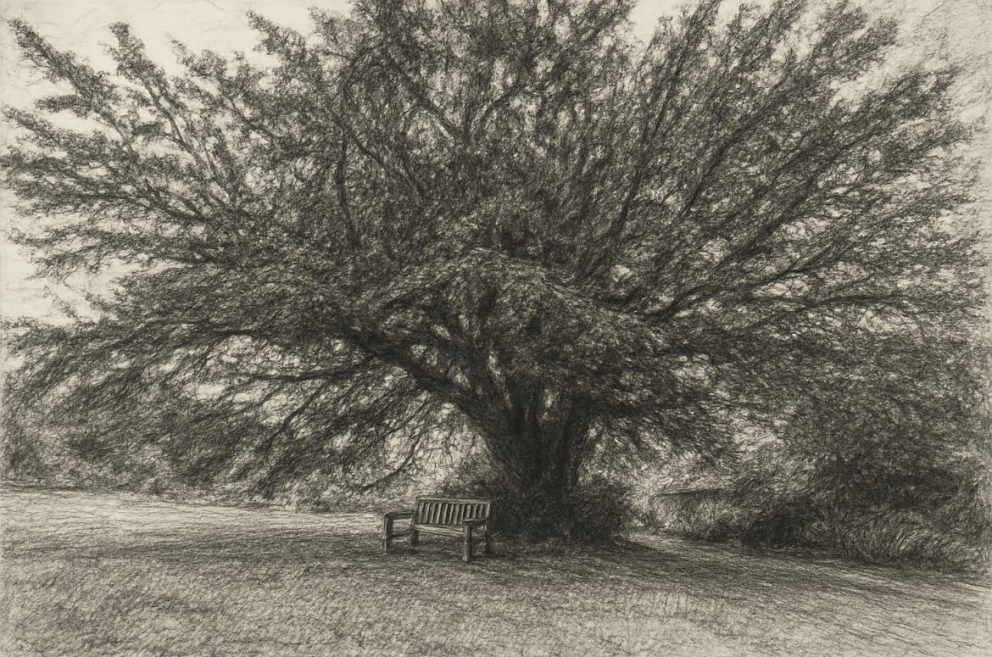
Welcome to the latest garden news-post with our Apprentice Gardener Amy Cairns
Putting the garden to bed
The days are drawing in and we can observe that in nature many animals are preparing to hibernate, migratory birds are flying south, and the trees are drawing their resources within and losing their leaves.
In the garden it is also time to wind down production, clear dead and dying plant material, and start covering the beds in preparation for the cold Winter months.
The Walled Garden is managed on a no-dig crop rotation system so the Autumn is an important time to add valuable nutrients to the earth and make any soil amendments that are necessary. Rather than digging soil over in the Spring before planting out new crops, the earth in our beds won’t be turned, moved or ‘dug-over’ as this ensures that the soil structure remains intact and nurtures the complex world of soil-dwelling organisms, whose interactions create a nurturing environment that sustains healthy plants.
It’s important never to leave a patch of soil bare at any time of year, and in winter leaving any beds uncovered by either plants or a mulch of some kind can expose soil to harsh frosts, thaws and winds. These conditions aren’t good for the earthworms, insects, bacteria, fungi and other micro-organisms that live in the soil and contribute to plant health.
We’ve been using a range of different mulches to protect our beds for the cold season, here’s a few of our favourites:
- Manure – we’ve spread tonnes (see picture of Bryony getting heavily involved) of well-rotted manure on beds in the veg garden where we’ve been growing and harvesting crops all season and the earth needs an extra boost. Over Winter the worms will drag the manure down into the soil and make valuable nutrients available for plant roots to take in. The worms also aerate the soil and create a fine tilth ready for planting into in the Spring.
- Cardboard – if you’ve got some cardboard boxes spare, instead of recycling them, lay them on your bare beds over winter. The cardboard will suppress weeds, protect soil and gradually break down, adding carbon to the soil. Just make sure that the cardboard you’re laying down doesn’t have any plastic content, and that it is weighted down so it stays in place.
- Horticultural membrane or silage sheeting – laying down a layer of silage sheet can be a great mulch that keeps weeds down over winter and helps to warm the soil up in Spring time. It is worth adding an organic mulch underneath the sheeting so that you are feeding the soil as well as covering it.
- Green manures – we have sown a mix of rye and phacelia on a few beds in the rotation. The idea of a green manure is to use living plants to cover soil and suppress weeds rather than a blanket of mulch. The benefit of a ‘green manure’ is that roots help to hold soil structure, and leguminous plants such as vetch or clovers can also add nitrogen to the soil via their root systems.
Find out more about Sharpham's gardens here










